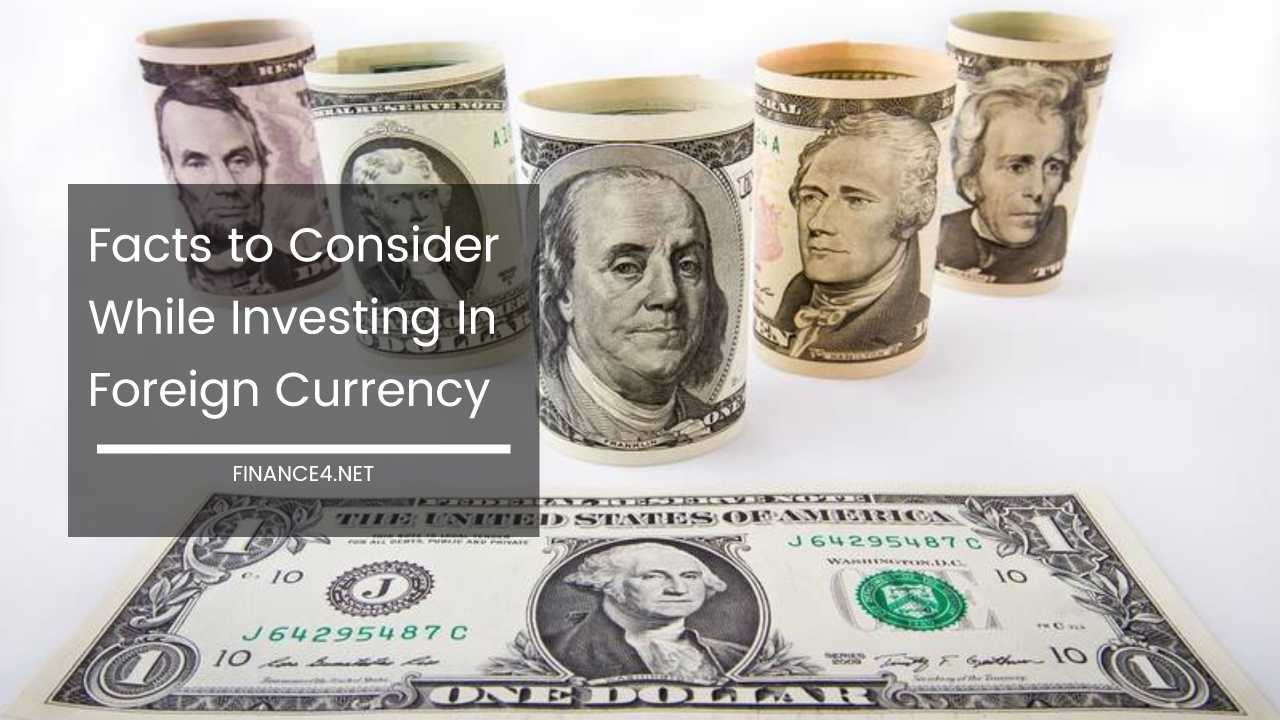When AI Guides Investment: Success is Not Always Guaranteed

Investment
At the Madrid headquarters of Renta 4 bank, it is eleven o’clock in the morning, and a cluster of eight individuals from different nationalities are gathered in front of their screens.
Among them are industrial or aeronautical engineers, mathematicians, and individuals holding master’s degrees in artificial intelligence.
This diverse group constitutes the team selected by the bank to develop innovative AI (artificial intelligence) tools, a technology that holds the potential to revolutionize various sectors, including investment.
Their website offers a practical demonstration of the functionality of these intelligent digital advisors. Users can select a sector such as finance, technology, energy, or water, and input a minimum investment amount of 5,000 euros.
Subsequently, the system presents a list of recommended funds, organized based on factors like profitability, risk, or a combination of both.
While users have the choice to accept or reject the suggestions, the artificial intelligence has already fulfilled its role of presenting the options with the highest likelihood of success, without requiring human intervention.
This instrument is just one among the various options available. Another possibility is to hand over the construction of the fund portfolio entirely to a combination of artificial intelligence and bank advisors, with a focus on personalizing it based on the answers to several profile-related questions.
According to Otero, this approach relies on statistics, as more information leads to better outcomes. However, it does not guarantee a positive return or superior results compared to others.
Otero draws an analogy with taking an exam—if you study comprehensively, you have a higher chance of getting a good grade, but it doesn’t guarantee a perfect score.
AI is regarded as an additional tool within investment management, acknowledging that success cannot be guaranteed in every instance.
In the finance realm, technology tends to swiftly make an impact due to the high-speed movement of significant sums of money. BloombergGPT, the latest announcement from the world’s largest financial information portal, is an example of this convergence.
Its terminal, utilized by 325,000 subscribers, including influential figures in the industry, comes at an annual cost of $25,000.
The vast volume of data available has motivated the American company to embrace generative artificial intelligence. Their new model encompasses a range of functions, including market sentiment analysis, news classification, and the ability to respond to financial inquiries.
With a constant influx of breaking news about numerous companies, this technology enables the assessment of whether headlines are positive or negative for investors. It can even generate headlines based on brief notes.
With the emergence of applications that provide investment recommendations, concerns arise about the potential risk to the profession of financial advisors.
Otero, as an interested party, is determined to prevent such a scenario, and he firmly believes that the role of financial advisors will not be replaced. He draws comparisons to historical transformations like the Industrial Revolution or the introduction of tractors in agriculture.
Despite these advancements, the world currently accommodates the highest global population and workforce ever recorded, existing in the most evolved era in history.
According to Otero, financial advisors can focus on tasks that offer greater value-added services, mitigating the risk of substitution. By eliminating bureaucratic work and condensing information from numerous sources, such as reading 55 newspapers, advisors can provide more personalized and tailored experiences for their clients.
Otero defends the notion that instead of being replaced, advisors can leverage technology to enhance their proximity to clients and provide higher-quality services.
Arcano investment bank holds a different perspective on the matter. They do not entirely align with the belief that artificial intelligence will have minimal impact on certain professions, such as butchers or package delivery personnel.
Instead, they emphasize that asset management, in particular, will experience a significant transformation. Francisco Navas, the Investment Director of Venture Capital at Arcano Partners, highlights the role of information filtering in making investment decisions, a task currently performed by professionals.
However, if an equal system can execute this function, the necessity for a large workforce diminishes.
Navas goes on to issue a thought-provoking reminder to journalists who inquire about the topic: ChatGPT is capable of writing news, implying that even journalism may not be immune to the influence of AI.
Professional trader Francisca Serrano highlights several advantages of relying on machines to handle our investments.
She points out that humans, due to their inherent nature, are susceptible to cognitive and emotional biases that can hinder their ability to make rational and objective decisions. On the other hand, automatic algorithms are designed to operate objectively, solely based on data, thereby eliminating emotional interference.
Francisco Otero from Renta 4 further explains that unexpected events pose challenges for human traders. Some market movements are not driven by specific patterns but rather exhibit a significant degree of randomness that cannot be predicted.
Otero expresses his opinion that anyone claiming to accurately predict short-term market outcomes is likely being dishonest.
While no model can foresee unexpected events like a sudden declaration of war or the outbreak of a pandemic, it can effectively identify trends by processing millions of data points at a speed beyond human capability.
This ability to swiftly analyze data creates a divide between those who have access to such applications and those who do not, as trader Jordi Martí, with over a decade of market experience, highlights.
Martí suggests that AI will equip professionals with increasingly powerful and efficient tools for deception and manipulation, and consequently, others will need to continue replicating their actions.
He asserts that nothing significant will change in the market dynamics as it is still influenced by emotions such as euphoria, panic, or fear.
Martí predicts that the majority of retail investors will lose money while a small number of individuals will persist in mimicking the actions of professionals who will reap profits.
The signs suggest that there will be a further advancement in sophistication, but the integration of algorithms into the financial industry occurred several decades ago.
However, it is important to acknowledge that there have been notable failures among its advocates. One prominent example is the Long-Term Capital hedge fund, which had the involvement of two Nobel Prize winners on its board. Ultimately, the fund faced significant challenges and had to be rescued in 1998.
Markets are also influenced by high-frequency trading, a process that operates independently of human intervention. In this approach, algorithms generate thousands of buy and sell orders within fractions of a second, aiming to capitalize on minor price fluctuations and secure profits.
To execute these transactions effectively, powerful computers are strategically positioned near trading centers. Even a few kilometers’ difference in proximity could result in delayed arrival, potentially leading to reduced earnings or outright losses.
The risks associated with automated systems are indeed present. One of the most notorious incidents in Wall Street’s memory occurred on May 6, 2010, known as the Flash Crash, which involved the British trader Navinder Singh Sarao. Sarao exploited his understanding of high-frequency trading machines’ reactions and orchestrated an accelerated collapse of the stock markets.
He achieved this by manipulating the machines from his home PC, utilizing an algorithm to generate fictitious sell orders that triggered a widespread selling frenzy.
In 2015, Sarao was arrested and, in January 2020, he received a one-year house arrest sentence coinciding with the pandemic lockdowns.
The advent of AI in the investment realm raises numerous questions. Francisca Serrano poses a significant query regarding accountability when an automatic algorithm executes an operation that results in substantial losses.
She questions whether the responsibility lies with the algorithm developers, the operators utilizing it, or the financial institutions employing it.
On the other hand, Martí holds the belief that the fundamental dynamics will remain largely unchanged. He asserts that if professional investors aim to acquire assets at lower prices, they will either generate or capitalize on panic-driven situations, much like they have done for the past century.
Similarly, when they wish to sell at higher prices, they will create or seize upon euphoric circumstances, mirroring practices seen over the course of the last century.



